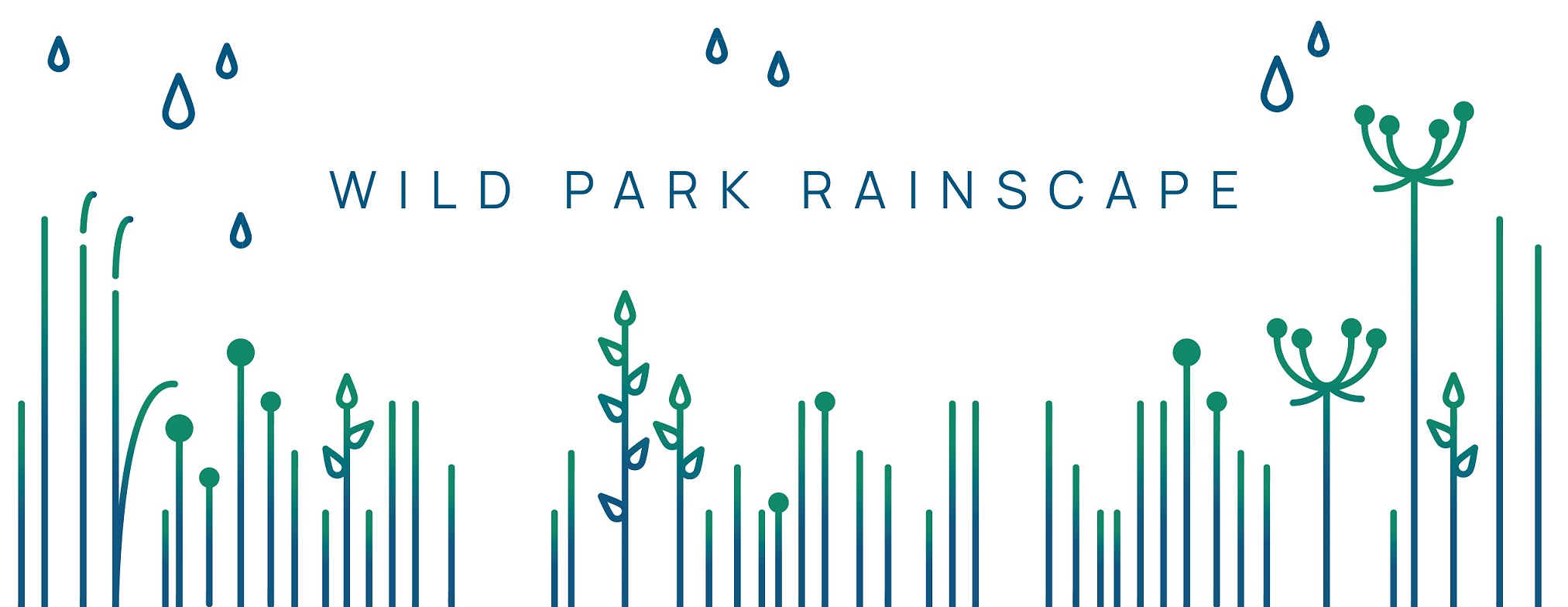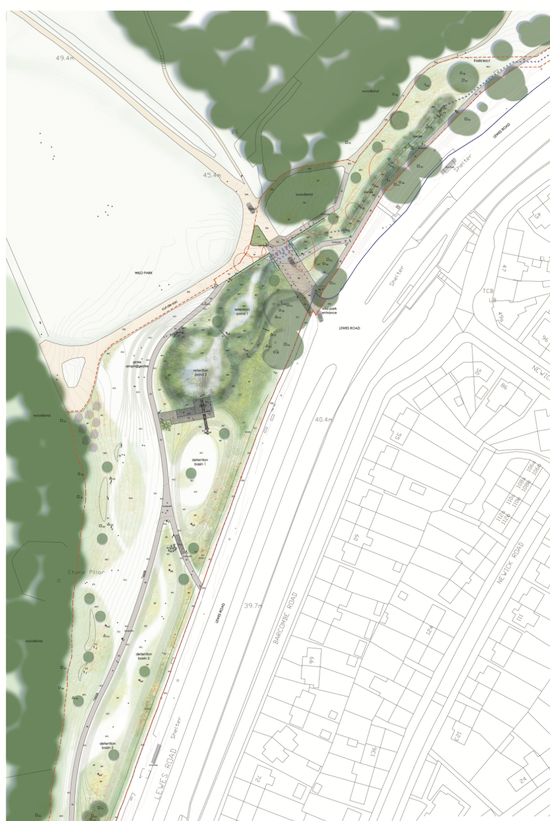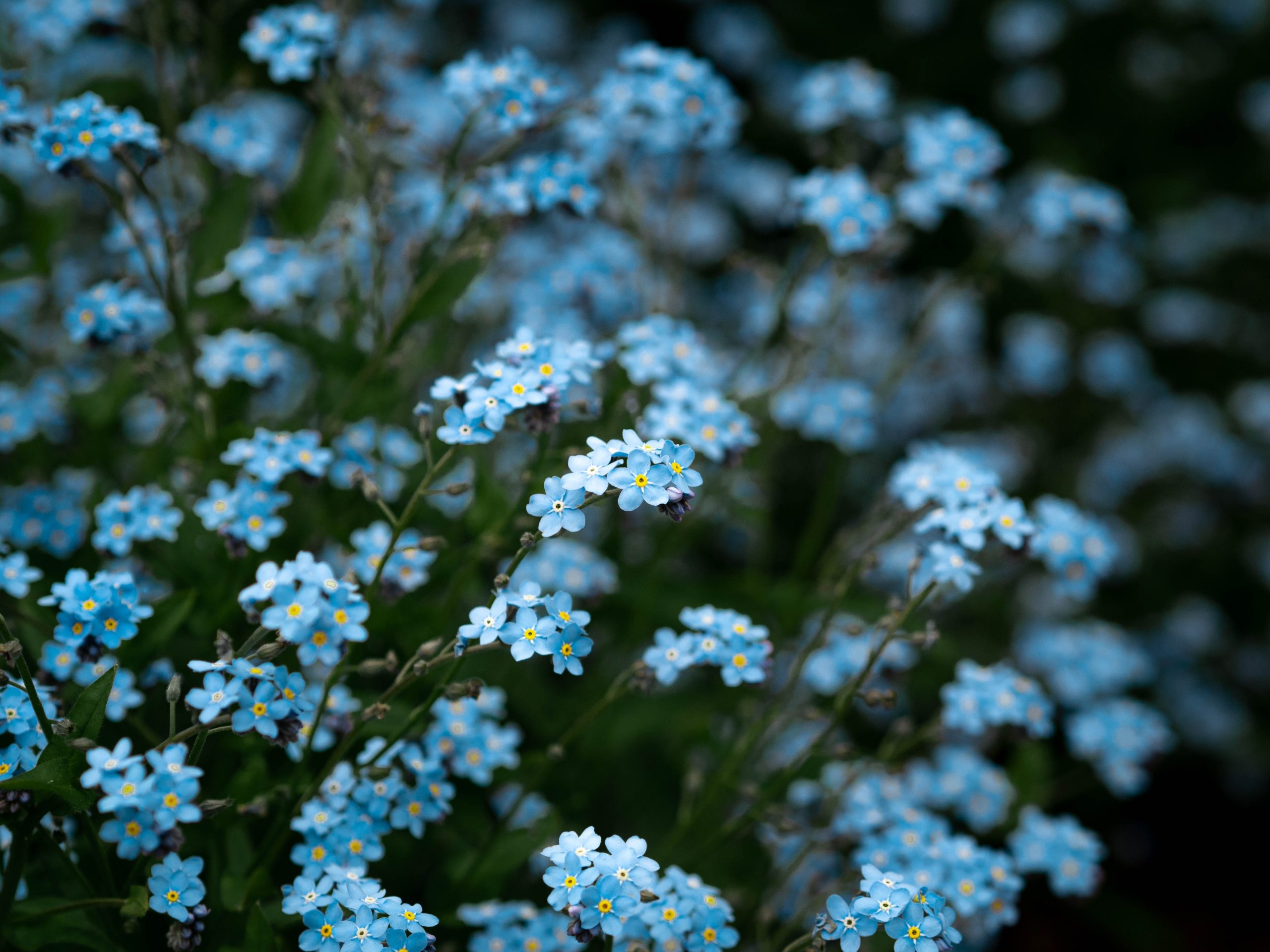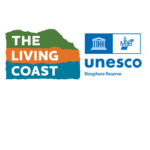
The Aquifer Project has won funding to improve a small part of Wild Park in Brighton, creating an attractive area for people and wildlife. It will be designed around several shallow planted basins that can hold water during heavy rainfall, and which help to reduce pollution and improve the area for people and nature. This will be the Wild Park Rainscape.
Project Summary
Wild Park Rainscape will create a beautiful wetland area near the entrance to the park, designed to showcase better ways of managing water in a more natural and sustainable way than traditional drainage, bringing extra benefits for water, people and nature.
The Wild Park Rainscape – how it works
The system is designed to slow and treat polluted road run-off from the A27 junction with Lewes Road. Currently water is held in a balancing pond next to The Keep before being piped to soakaways next to Wild Park, presenting a pollution risk to the aquifer.
This project will improve the function the balancing pond, making it the first stage of a ‘treatment train’ slowing down the system and removing a significant amount of the pollution.
Halfway along The Parkway area by the footpath (to the right hand side of the entrance, facing the park) we will create a new swale, or shallow planted channel to divert water from the pipe and bring it to the surface, to travel towards and cross the park entrance, to a wetland area at the front of Wild Park. This will be made up of two shallow ‘wet’ lined basins, and two unlined basins which will be dry most of the time, apart from during heavy rainfall.
The vegetated swales and basins provide further treatment, so by the time water is allowed to infiltrate into the chalk below it will be clean.
As well as water quality benefits, the rainscape helps to address localised flooding within the park entrance, as well as providing community and biodiversity benefits – and a more visually attractive green space

The Planning Application
The team submitted the Wild Park Rainscape planning application in February and the South Downs National Park Authority has now granted permission. The planning reference is SDNP/23/00332/FUL.
We want to use the Wild Park Rainscape to promote more similar projects in the area – to show how slowing down water from roads, using landscape design and nature can protect our aquifer, reduce flooding and provide a better environment for people and nature.
What’s next?
Archeology checks are happening in June and July at the Wild Park nature reserve and the construction of the raingarden should start in August.
We have had a lot of interest in setting up a ‘Friends of Wild Park’ group for people to get more involved in the scheme as it progresses, and have held an initial meeting to work out the best approach. Please email friendsofwildparkrainscape@gmail.com if you’d like to join in.
Rainscapes (also known as sustainable drainage or SuDS) are specially designed, engineered and landscaped solutions to manage surface water, reducing flood risk, improving water quality, and providing better biodiversity and community benefits.

The Aquifer Partnership is now The Aquifer Project, hosted by The Living Coast UNESCO Biosphere



 Chrome
Chrome
 FireFox
FireFox
 Edge
Edge